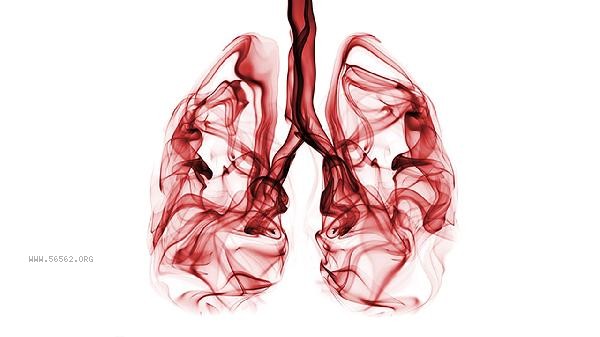The normal lung capacity varies depending on age, gender, and height, typically ranging from 3500-4500 milliliters for adult males and 2500-3500 milliliters for females. Low lung capacity may be related to factors such as insufficient respiratory muscle strength, lung diseases, and lack of exercise.

1. Age difference:
Adolescent lung capacity increases with growth and development, with a normal range of 2000-3000 milliliters for males aged 12-14 and 1800-2500 milliliters for females; After reaching its peak at the age of 20-30, it decreases by about 20-30 milliliters per year. Due to reduced lung tissue elasticity, the normal range for males over 60 years old can drop to 2500-3500 milliliters, and for females it can drop to 2000-3000 milliliters.
2. Gender influence:
Men have a larger chest volume and stronger respiratory muscles, and their lung capacity is generally about 30% higher than that of women. Under the same height conditions, the normal lower limit of male lung capacity is usually 500-800 milliliters higher than that of females, and this difference begins to manifest during adolescence and lasts throughout life.
3. Height correlation:

For every 10 centimeters increase in height, the normal lung capacity increases by about 300-500 milliliters. The commonly used clinical formula for calculating expected values is 27.63-0.112 x age x height cm for males and 21.78-0.101 x age x height cm for females. If the measured value is lower than the expected value by 80%, it is considered low.
4. Pathological factors:
Chronic obstructive pulmonary disease can cause a decrease in lung capacity of over 40%, often accompanied by coughing and shortness of breath; During acute asthma attacks, lung capacity may drop by 50%, accompanied by wheezing sounds; Interstitial lung disease leads to progressive reduction in lung capacity, often accompanied by clubbed fingers.
5. Functional training:
Balloon blowing exercises can enhance diaphragm strength, with 3 groups per day and 10 times per group; Abdominal breathing training can increase lung capacity by 15%. It is recommended to have 5 minutes in the morning and 5 minutes in the evening; After six months of swimming exercise, the average increase in lung capacity is 300-500 milliliters, and it is recommended to do it three times a week.

Maintain regular aerobic exercise such as jogging and cycling, accumulating more than 150 minutes per week; Consuming citrus fruits and dark green vegetables rich in vitamin C can help maintain alveolar elasticity; Avoid smoking and exposure to secondhand smoke, install range hoods in the kitchen to reduce lung irritation; Office workers get up every hour to do chest expansion exercises to improve chest mobility. When the lung capacity remains below 60% of the normal value or accompanied by difficulty breathing, a pulmonary function test is required to rule out organic diseases.








Comments (0)
Leave a Comment
No comments yet
Be the first to share your thoughts!